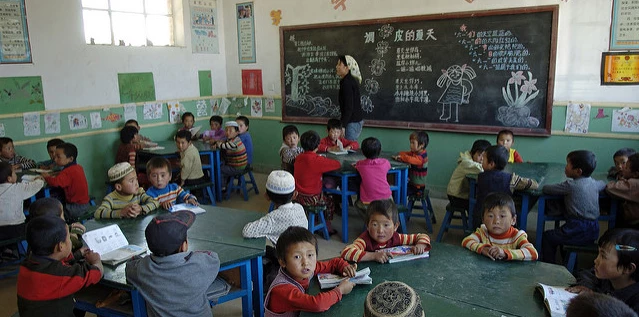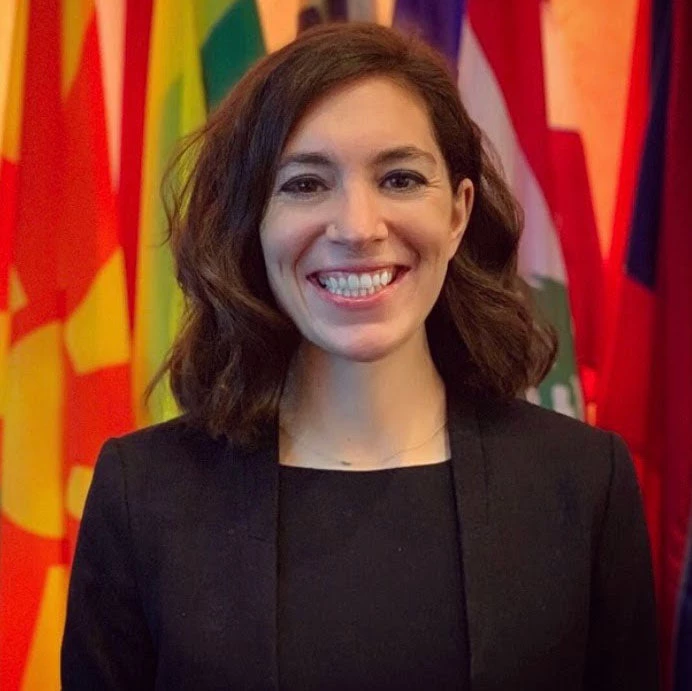Despite tremendous progress in getting children into the classroom, we are experiencing a global learning crisis, where a large share of children complete primary school lacking even basic reading, writing, and arithmetic skills. What explains this phenomenon? To answer this question, consider the following examples of classrooms that are unlikely to put students on a path to success.
In Kabul, Afghanistan, a teacher begins his lesson by reading out the learning objective. He then asks one student after another to read the same information again. Over 20 minutes are spent on this activity.
In Dar es Salam, Tanzania, students are left unattended with no learning activity for the first 20 minutes of class. When the teacher arrives, he asks the students to independently solve 36 plus 19. During this time, the teacher sits at his desk. After 10 minutes, the teacher asks one student to solve the problem. When the student can’t solve it, the teacher asks another student to do it.
In Rawalpindi, Pakistan, a teacher asks students to divide four by two. He gives the students five minutes to solve the problem independently before asking a student to solve it on the board. After the student correctly solves the problem, the teacher erases it from the board and asks five more students to solve the exact same problem again.
These are not isolated examples. A growing body of evidence suggests the learning crisis is at its core, a teaching crisis (see evidence from Afghanistan, Latin America, the Philippines, and Sub-Saharan Africa). Teachers play a critical role in helping students learn (see evidence from India, Pakistan, and Uganda). However, teacher’s formal education, years of experience (beyond the first two), cognitive skills, and entry exam performance only explain a small fraction of the variation in student learning. Research from Chile, Ecuador, and Ghana highlights the crucial role teaching practices play in explaining student learning outcomes. Despite its importance, low- and middle-income countries rarely measure teaching practices. This is due, in part, to a lack of adequate classroom observation tools and high transaction costs associated with administering them.
Teach is an open source classroom observation tool that provides a window into what happens in the classroom.
The Teach observer manual provides a lens through which observers can obtain an objective picture of what goes on in the classroom. The manual includes an in-depth description of Teach’s scoring protocol, including metrics of instructional quality and real-life examples. It is available in English, French, Spanish, Portuguese, and will soon be available in Arabic. The Teach brief provides an overview of what Teach is, how it differs from other tools, and summarizes the development and validation process.
The Teach team rigorously researched, revised, and piloted different iterations of the tool over a two-year period. Evidence-Based Teaching provides the theoretical and empirical foundations for the tool’s content. Teach was piloted in over 1,000 classrooms across Mozambique, Pakistan, the Philippines, and Uruguay, and tested with global video footage from 12 low- and middle-income countries. Analyses of the training data indicate that after only four days, almost 90 percent of observers passed the Teach Reliability Exam, which involves coding three videos accurately. Meaning, for each video, the participants scored within one point of the master codes (which are coded by Teach experts) at least 80 percent of the time. This was achieved by local observers who have a comparable level of education to the average citizen in their country and who had no previous experience conducting classroom observations. Observers also have high levels of inter-rater reliability in the field. Results from 845 schools in Pakistan show that paired observers have 97 percent agreement within one point and 87 percent agreement within a half-point of the master code. Finally, teachers who display effective practices, as measured by Teach, are associated with students who achieve higher learning outcomes. To learn more, see Measuring Teaching Practices at Scale .
Teach has a user-centered design and includes a suite of complementary resources that help users apply Teach in new settings. A detailed training manual, automatized data cleaning and analysis programs, and a template report are just some of the products included in the resource package. The Teach Implementation Brief provides additional details on the timeline, cost, and process of implementing Teach.
Teach is intended to be used as a system diagnostic tool and for professional development. As a system diagnostic tool, Teach helps governments monitor the effectiveness of their policies to improve teacher practices. As a professional development tool, Teach can help identify teachers’ strengths and weaknesses.
With the needs of low- and middle-income countries in mind – our vision is to revolutionize how education systems track and improve teaching quality. Check it out and let us know what you think. If you have questions about Teach or ideas for collaboration, contact us at teach@worldbank.org.
Please join us on January 31st at 10:00 AM EST for the launch of the Global Platform for Successful Teachers, which includes the “Successful Teachers, Successful Students” policy approach to teachers and Teach. Register here if you’re interested in joining in person. If you’re not based in Washington, D.C., the event will be live-streamed here .





Join the Conversation